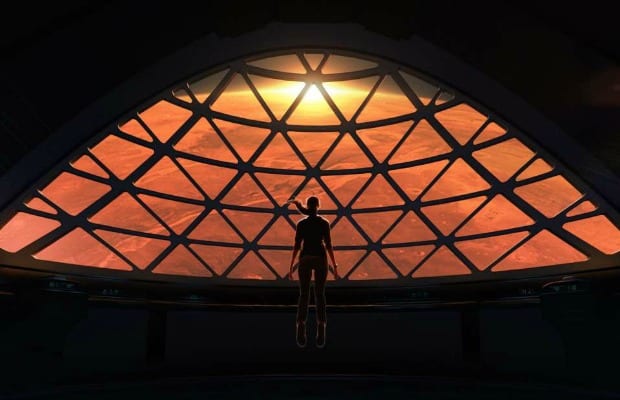“This dream can be made real,” said Elon Musk.
On Tuesday (September 27th) at the International Astronautical Congress (IAC), SpaceX Founder, CEO, and Lead Designer Elon Musk revealed his ambitious plan to colonize Mars.
“I want to make Mars seem possible to do in our lifetimes,” said Musk during his presentation, titled ‘Making Humans a Multiplanetary Species,’ in Mexico. “I want anyone to go if they want to.”
His proposal is dubbed the Interplanetary Transport System (ITS), which involves sending 100 people at a time to the Red Planet on the biggest rocket in history (currently named “Mars Vehicle”).
“This is not what it might look like – this is what we plan to try to make it look like,” Musk explained.
Musk estimated that based on today’s current year dollars, the travel to Mars would cost $10 billion per person. His goal is to drop that cost to roughly $200,000 per person and then, eventually, below $100,000.
To fund this endeavor, Musk illustrated that he will receive the funding from private sector and government investors, profits from servicing the international space station and launching satellites, as well as his own money (and others).
“There’s no other reason for me to accumulate assets than to make the biggest contribution I can to making life multiplanetary,” he said.
Alan Stern, a former NASA official and leader of the New Horizons mission to Pluto commented on Musk’s presentation, stating, “Musk’s Mars vision, if realized, would be transformational for all humankind. And given his talents, drive, and many past accomplishments, I wouldn’t bet against him.”
In a statement, NASA said, “NASA applauds all those who want to take the next giant leap – and advance the journey to Mars. We are very pleased that the global community is working to meet the challenges of a sustainable human presence on Mars.”
The length of a trip, Musk explained, would be roughly 115 days on average (from a range of 80 to 140 days). He expects that number can be lowered to a minimum of 30 days, in time.
SpaceX said it plans to launch its first uncrewed mission to Mars in 2018. Watch the full presentation below (starts 20:55).






















